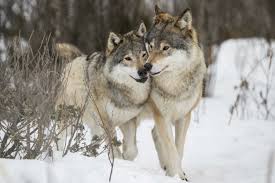Killing some animals, to ‘save’ other animals
If we continue to act recklessly, driven by our ignorance and a belief in our unquestioned right to dominance, then our own demise must surely follow.
If you read enough headlines about the environment and wildlife, it won’t be long until you see one like: ‘Kill wolves to protect endangered caribou.’ In simple terms, the suggested action makes a kind of sense. That is, if we remove the predator or competition, the population of an animal in need of conservation will increase. (Or, in many cases, an animal we’d like to continue to hunt, thus creating the need for a ‘wildlife management’ scheme to ensure a steady supply.)
But we’ve learned enough to know that’s not how things work in the real world. This is elected officials and the people who advise them ignoring overwhelming scientific evidence and settling on an easy answer that won’t bring the long-term benefits the public is hoping for.
Wolf culls are nothing but a failed bid to protect caribou without addressing the root cause of habitat degradation by industry. Making the wolf a scapegoat for our own shortcomings won’t help us create a better situation, not for ourselves, and most definitely not for our descendants.
Historically, our attempts to influence the balance of nature have not met with great success. Or, to put it more succinctly, our attempts to correct for the consequences of our environmental impact by introducing population-control measures for one species or another have, in virtually every case, made the situation worse, not better.
By contrast, consider the wildly successful experiment that’s been running in Yellowstone National Park over the last 25 years. In 1995 we took a step that many saw as a huge gamble, and implemented a decision that was highly controversial at the time. After a 70 year absence, the gray wolf was reintroduced into the park. (The first eight arrived from Alberta’s Jasper National Park in January of that year.)
What has followed since is what ecologists define as a Three-tiered Trophic Cascade (which describes the health of the ecosystem working up from the producer [plant] level up through the herbivores and finally the carnivores). The new equilibrium that asserted itself – in a surprisingly short period of time – was a flourishing, and much healthier park. Regeneration of the plants, forests, even the rivers of Yellowstone! – by way of the reintroduction of an apex carnivore.
Now, I love wolves and would be happy to write about them for their own sake, but the relevance of this to cetaceans? Well, in many places around the world dolphins are seen as competitors for declining fish stocks, and for this reason are killed. In some cases by the thousands (Peru, Nigeria and many other places). But there’s another ‘big picture’ issue at play here. This is about a thought process which is dangerous and destructive, and needs to change. All part of rethinking our relationship to nature – in case COVID-19 has not made that point already. Everything is connected to everything is connected to everything. Humans not exempt.
For The Orca’s Voice,
Dani, Canadian Cetacean Alliance



Leave a Reply